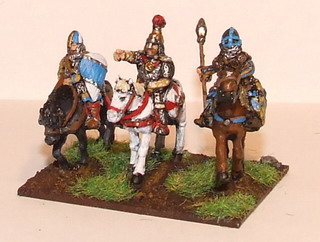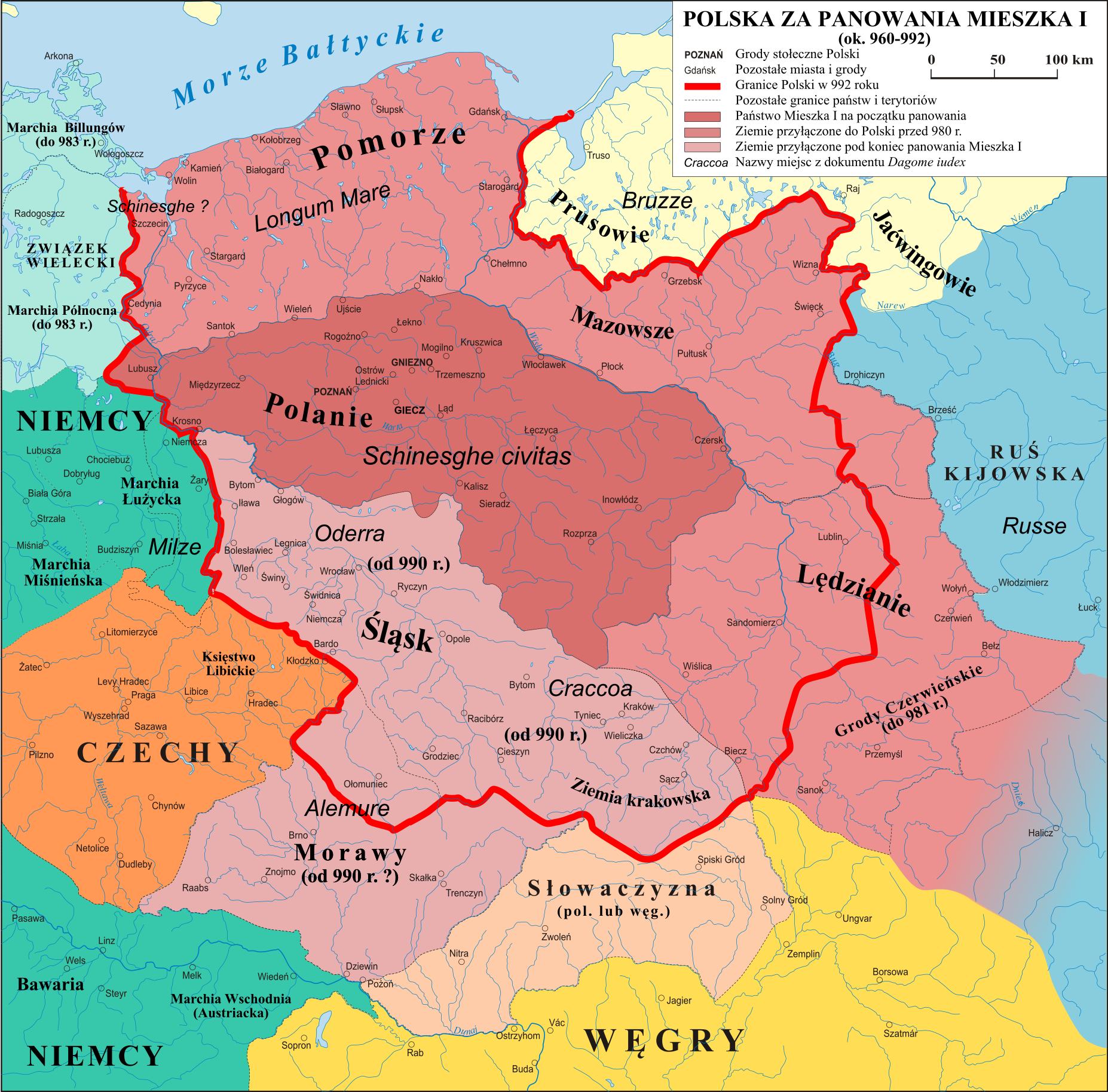Casus belli for a war in Eastern Galicia was armed action of Ukrainians on 1st of November 1918. In well prepared action about 1500 soldiers took Lvov capitol of eastern Galicia without much of resistance. Weak and unprepared Polish units were able to keep west part of the city but were removed from every strategically important point.
As Lvov was one major polish city (probably 70% of almost 200 000 citizens were polish) reaction of forming Poland was inevitable.
Captured Train was included in group of maj. Julian Stachniewicz along with 470 soldiers of 4th and 5th legionary regiments, six machine guns and battery of 4 field cannons. At 5 of November group moved from Krakow in the direction of Przemysl which has been meanwhile captured with its citadel by Ukrainians.
On the way in Bochnia captured train was split in two and christened PP1 Piłsudczyk comanded by captain Wilk-Wyrwiński and PP2 Śmiały commanded by Lt . Jerzy Lewandowski
At 10 th of November Śmiały raided Przemysl successfully and with its support Ukrainians were removed from Przemysl before evening of 11th.
 |
| My finished model of kanonwagen for Śmiały |
Bezpośrednią przyczyną działań wojennych w Małopolsce Wschodniej było zbrojne wystąpienie oddziałów ukraińskich we Lwowie 1 listopada 1918 r. W dobrze przygotowanej akcji wzięło udział około 1500 żołnierzy ukraińskich, którzy praktycznie bez oporu opanowali większość miasta wraz z ważniejszymi obiektami. Słabe i nieprzygotowane do walki oddziały polskie zdołały utrzymać się do końca dnia w zachodniej części miasta oraz w kilku podmiejskich redutach obronnych.
Zdobyczny pociąg pancerny włączono w skład grupy majora Juliana Stachiewicza, liczącej 470 żołnierzy z 4 i 5 pułku piechoty legionowej, sześć ciężkich karabinów maszynowych i jedną czterodziałową baterię armat polowych. 5 listopada grupa ta wyruszyła w kierunku Przemyśla.
Pociąg pancerny po dotarciu do Bochni została podzielona na dwie jednostki - PP nr 1 „Piłsudczyk” pod dowództwem kpt. Wilk-Wyrwińskiego i PP nr 2 „Śmiały” pod dowództwem por. Jerzego Lewandowskiego.
„Śmiały” dokonał 10 listopada udanego wypadu do Przemyśla, a dnia następnego wspierał z dużym powodzeniem polskie działania w twierdzy. Po dwudniowych walkach 11 listopada oddziały polskie opanowały Przemyśl.
Since 12 th much stronger battle group commended by col. Michal Karaszewicz-Tokarzewski was being formed to revive Lvov locked in urban combat of weak polish forces and many volunteers (including many youths and students of who were later christened Lvov eaglings ).
Battle group gathered in Przemysl numbered around 1500 men at 18th November.
Most important was an element of surprise and fast tempo of attack making it difficult to Ukrainians to form prepared defence.
First Śmiały raided railway up to Medyka as scouting by combat and was successful without meeting any organized defence able to sop it.
In the evening whole group were loaded into 6 trains and included both armored trains Śmiały and Piłsudczyk. Leading element was PP1 Śmiały which was strengthened by some elements of PP 1.
Smiały was commanded by Captain Ludwik Hickiewicz and its crew consisted of 6 officers (including later commander Lt Małagowski) and 106 NCOs and soldiers including pioneer team for rail works.
Od następnego dnia zaczęto w Przemyślu organizować silniejszą grupę bojową pod dowództwem podpułkownika Michała Tokarzewskiego-Karaszewicza. łącznie grupa liczyła około 1500 ludzi.

Liczono przede wszystkim na element zaskoczenia i szybkość przerzutu własnych wojsk, który uniemożliwiłby żołnierzom ukraińskim zorganizowanie skutecznej obrony. Słuszność takiej decyzji potwierdzał wypad „Śmiałego” w dniu 18 listopada z Przemyśla w kierunku Lwowa. Załoga pociągu pancernego zabrawszy ze sobą trzy plutony piechoty i saperów, skierowała się do Medyki celem rozpoznania i oczyszczenia trasy kolejowej. Po udanej akcji pociąg wrócił do Przemyśla.
Po południu 18 listopada całość sił ekspedycyjnych rozpoczęła załadunek. Konwój składał się z 6 pociągów transportowych poprzedzanych przez PP nr 2 „Śmiały”, którego dowództwo objął kpt. Ludwik Hickiewicz. Obsadę pociągu PP2 „Śmiały” tworzyło 6 oficerów oraz 106 podoficerów i szeregowców, w tym pluton saperów mających naprawić zniszczone tory i mosty. PP nr 2 „Śmiały”, stanowił główną podporę pancerną grupy i kosztem PP nr 1 został mocniej dozbrojony.
 |
| Śmiały at Main Railstation in Lvov |
Trains mission was to clear the rail and protection of whole group in transit by territories occupied by Ukrainians. Expedition called „Relief” left Przemysl at 5 AM 19 November. After traveling 30 kilometers it was attacked by artillery near Sądowa Wisznia but shelling was ineffective. Around 2 PM at 20 th Relief reached Main station in Lvov. Then full of armed Austro Hungarian units that not participated in fights in the city but in Polish hands.
Polskie pociągi pancerne miały za zadanie torowanie drogi i ochrony przerzutu całej grupy przez obszary opanowane już przez wojska ukraińskie. 19 listopada około godziny 5.00 ekspedycja wyruszyła. Po przebyciu około 30 km w okolicach Sądowej Wiszni pociągi zostały ostrzelane przez artylerię ukraińską, która jednak nie uczyniła strat wśród transportowanych oddziałów. Konwój nie niepokojony już przez wroga dotarł 20 listopada o godz. 14.00 na Dworzec Główny we Lwowie.
Earlier post in Śmiały history :
Śmiały story pt 1
 Seond miniature Ive sculpted (without head obviously, because I am far from face sculptures..) painted. She will be representing Escher prisoner in Rescue missions (i have plans for captive for each gang)
Seond miniature Ive sculpted (without head obviously, because I am far from face sculptures..) painted. She will be representing Escher prisoner in Rescue missions (i have plans for captive for each gang) Second my take on true scale marine. It was fast and dirty project for fun but i have to say that i like the guy :> Ive newer have that much fun with marines since i left elementary school (well to be honest Ive newer liked them so i choose Alpha legion - old school )
Second my take on true scale marine. It was fast and dirty project for fun but i have to say that i like the guy :> Ive newer have that much fun with marines since i left elementary school (well to be honest Ive newer liked them so i choose Alpha legion - old school )
































